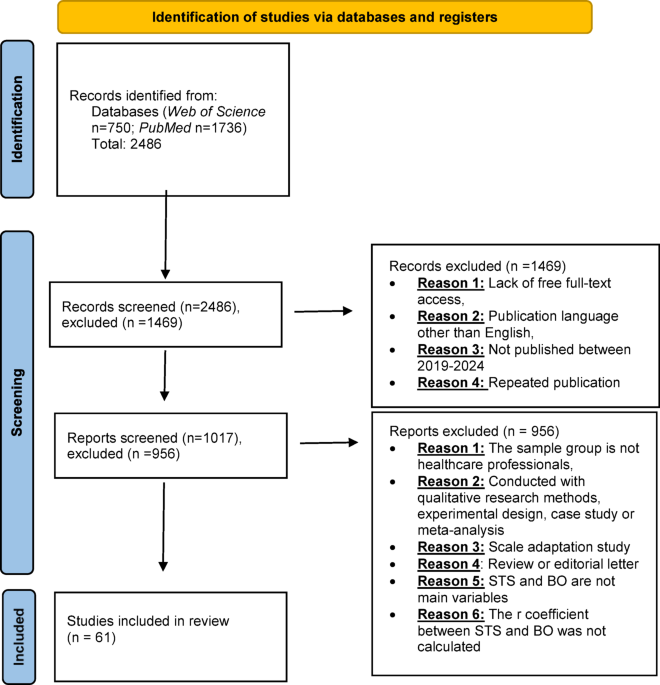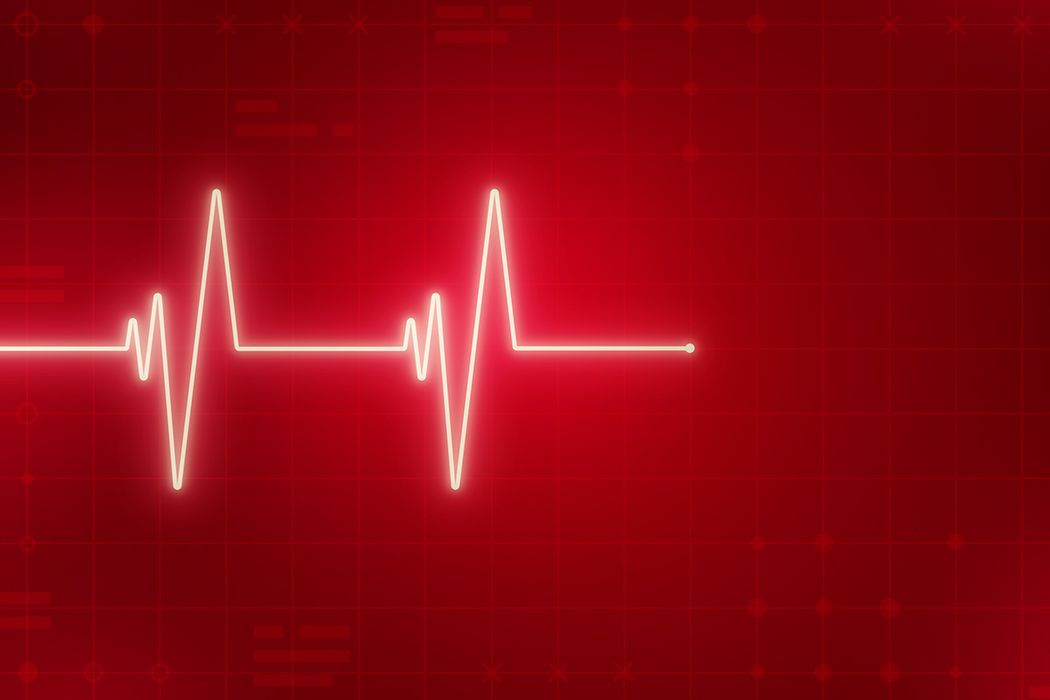Emergency rooms have long been places dominated by urgency and chaos, but increasingly, physicians are finding them to be frightening places as well. Reports of intimidation, verbal threats and even physical assaults are climbing, and those on the frontlines are feeling the strain.
Around the world, up to 38% of healthcare workers experience physical violence at some point in their careers, while many more endure verbal threats or abuse. Overall, healthcare workers in the U.S. are five times more likely than other professionals to experience workplace violence and account for nearly 73% of all nonfatal workplace injuries.
“[Violence] happens a lot more often in the emergency department,” says emergency medicine physician Jennifer Axelband, DO, president of the American College of Osteopathic Emergency Physicians (ACOEP). Dr. Axelband splits her time between the ED and the ICU. “But unfortunately, you can see it in almost every area of medicine. Patients, and even their families, can become agitated with aspects of their care, and they redirect that anger towards healthcare providers. It can be physical, it can be verbal or it can be just flat-out threatening.”
Dr. Axelband’s personal experience echoes the national data. An annual survey conducted by the American College of Emergency Physicians (ACEP) in 2022 found that 85% of emergency medicine physicians believe the rate of violence experienced in EDs has increased, with two-thirds having experienced an assault in the year before the survey, and more than one-third have been assaulted more than once. In 2024, 91% of respondents to the same annual ACEP survey said they or a colleague had experienced workplace violence within the last year.
For physicians like Dr. Axelband, these statistics aren’t abstract; the numbers represent lived experiences in exam rooms, waiting areas and hospital hallways.
Understanding the triggers
In most cases, these aggressive behaviors come from patients or their visitors and stem from a variety of underlying factors, such as dissatisfaction with treatment or diagnosis, long waits, substance use disorders, untreated mental illness, high healthcare costs and declining trust in physicians. Emergency medicine physicians, nurses and paramedics are at the greatest risk of such aggression. Dr. Axelband also points out that patients or families may struggle to understand a diagnosis or may redirect anger that was caused by other stressors.
“Sometimes it’s not even about the quality of care,” she explained. “It can be completely unrelated.”
ACOEP Secretary John Dery, DO, brings a unique perspective to this phenomenon, as he has worked with law enforcement such as SWAT and tactical teams. Dr. Dery describes the ED as an especially volatile environment.
“ERs are at higher risk for violence because they often have long waits, chronic overcrowding, inadequate security and high staff turnover rates,” says Dr. Dery. “We work directly with patients and visitors with histories of violence, alcohol and drug abuse and access to firearms or knives. Add in the fact that it’s the worst day of many patients’ lives, and emotions run high.”
A culture of silence
Despite the prevalence of the rising number of assaults, both Dr. Axelband and Dr. Dery say underreporting remains a problem.
“There’s this attitude that permeates healthcare: it’s just part of the job. We get used to it. We don’t report it, even though it is clearly a crime,” says Dr. Dery.
Notably, the reporting process is a daunting one. According to Dr. Dery, staff must undergo a 10- to 15- minute interview with law enforcement, secure a case number and follow up with prosecutors, on top of already overwhelming workloads. For many, enduring the abuse silently can feel easier than navigating the system.
“We need to have more involvement from prosecutors who are willing to take these cases and actually follow through with them, otherwise it’s a drain on the system. We also need local legislatures to realize this is a problem,” says Dr. Dery.
Prevention & protection
In addition to navigating these challenges, Dr. Dery emphasizes the importance of advocacy. Through efforts like the AOA’s DO Day, physicians have the opportunity to make their voices heard and push for protections that keep healthcare workers safe. By engaging with lawmakers and highlighting the risks faced in daily EDs, osteopathic physicians can help shape legislation that supports their colleagues and protects patients.
“DO Day is a great opportunity for us to show that we stand up for healthcare workers. We recognize there is a problem, and we want to be the voice for physicians across the country,” says Dr. Dery.
AOA policy states that acts of violence against healthcare workers “should be prosecuted criminally as a felony.” The AOA also opposes stigmatizing healthcare workers who speak out against workplace violence. Additionally, this past summer, the AOA partnered with SaferCare Texas to develop an extensive resource guide to help healthcare workers mitigate risks associated with workplace violence.
Beyond these advocacy efforts, the Joint Commission, an organization dedicated to setting standards to help hospitals improve safety for both physicians and patients, released updated workplace violence guidelines to assist hospitals with creating safer environments. These standards, implemented in 2022, emphasize leadership oversight, clear policies, robust reporting systems and data collection to identify trends and interventions.
Hospitals are also encouraged to provide staff with training on recognizing, preventing and responding to aggression, as well as post-incident support for affected employees. For physicians, understanding these frameworks can make a real difference in both personal safety and patient care, providing structured support in environments that are increasingly high-risk.
Dr. Dery says, “The goal is to create a system that doesn’t just react to violence but actively works to prevent it.”
Many hospitals have already taken steps to protect staff by installing badge-access entryways, behavioral health teams and security escorts for physicians. De-escalation training is now standard in many institutions, teaching physicians to spot early signs of agitation and intervene with calm communication. However, these tools have their limits.
“Behavioral health services can be very helpful, but their availability is often stretched thin,” Dr. Axelband notes. “Sometimes we can provide separate spaces for families or provide more frequent updates to reduce frustration. Sometimes these tactics work, and sometimes they don’t.”
Legislature
At the legislative level, momentum is building. Dr. Axelband points to bills that would elevate violence against healthcare workers to felony status. These bills have been widely supported within emergency medicine.
In 2021, the Workplace Violence Prevention for Health Care and Social Service Workers Act (H.R. 1195), now known as the SAVE Act, was introduced in the House and passed with bipartisan support. The bill would require employers in healthcare, social services, and related sectors to implement measures protecting workers from workplace violence, but it did not pass the Senate.
The bill was reintroduced in 2023 (H.R. 2584) and included additions that would make it a crime to assault or intimidate hospital staff on the job. The bill would also provide grants to help hospitals prevent violence against their personnel. Again, the bill did not pass the Senate. As of the time of this writing, the bill has been reintroduced in the Senate as the Save Healthcare Workers Act (S. 1600) and it was referred to the Committee on the Judiciary.
The Workplace Violence Prevention for Health Care and Social Service Workers Act (H.R. 2531) was introduced in the House on April 1, 2025, and seeks to protect healthcare and social service workers by directing the Labor Secretary to set safety standards that require employers to implement comprehensive workplace violence prevention plans. There is also a companion bill (S. 1232) in the Senate.
“These [acts] are critical steps,” Dr. Dery says. “But we also need osteopathic physicians and other healthcare professionals to use their voice. We’re a grassroots organization. We need to say, ‘We don’t feel safe, and we need to protect ourselves and our patients in order to provide care.’”
Physician and patient impact
Healthcare workers have reported suffering from injuries ranging from mild to severe, with frequent attacks on their heads, arms and eyes. Insomnia, headaches and appetite loss have caused employees to miss time from work.
The consequences of unchecked violence extend beyond physical injuries. Physicians report feeling suicidal ideation, post-traumatic stress disorder, depression, anxiety and burnout, in addition to continuing to feel fear, anger and other negative emotions following a violent workplace incident.
“It does leave you very concerned for your safety,” says Dr. Axelband. “You never really think it’s going to happen until something happens to you.”
Patients are feeling the impact of workplace violence too. Studies have shown that workplace violence causes reductions in quality of care and increases the risk of medical errors. In a physician survey, 72% of respondents believed their job performance was negatively affected by workplace violence. Workplace violence is also linked to staff quitting and higher staff turnover.
Beyond the human toll, workplace violence carries serious financial repercussions for hospitals. The American Hospital Association (AHA) estimates that workplace violence costs U.S. hospitals around $18.27 billion annually. This total includes pre-event expenses, such as staff training, security measures, violence prevention programs, policy development, public outreach, facility upgrades and technology, totaling $3.62 billion. Post-event costs, which make up the bulk at $14.65 billion, cover healthcare for injured staff (primarily workers’ compensation), staffing, repairs and public relations. Treating violent injuries is the largest single contributor to these annual costs.
“This isn’t just a work thing we have to get used to,” Dr. Dery emphasizes. “We need to protect ourselves, each other and our patients.”
Guidance for physicians and the next generation
The threat of workplace violence can feel overwhelming to current emergency physicians as well as trainees preparing to enter the field. Both Dr. Axelband and Dr. Dery stress the importance of awareness, preparation and community support. As mentioned earlier, Dr. Dery also urges physicians and trainees to actively advocate for legislation to protect physicians.
Dr. Axelband encourages open conversations, debriefing after incidents and leaning on wellness teams or chaplain services when available.
“Having that extra support staff there to help and be available [to healthcare workers] is always good,” she says. “Maybe having a curriculum in medical school that addresses de-escalation would be beneficial, too, because it doesn’t happen only in the emergency department. It can happen almost anywhere.”
Dr. Dery’s advice is direct: “Be aware and find your voice. Don’t be afraid to say something. It’s not going to get any better if we stay quiet.”
A call for awareness
Both Dr. Axelband and Dr. Dery agree on a key point: The broader public still doesn’t realize how severe workplace violence against physicians has become.
Raising awareness within medicine and beyond may be the first step toward meaningful change. For now, emergency physicians continue to show up for patients in their most vulnerable moments, even as they navigate an increasingly hostile landscape.
As Dr. Axelband put it simply: “The ACOEP supports all of our physicians and healthcare providers, and we support the legislation moving forward to protect our safety.”
Editor’s note: The views expressed in this article are the interviewees’ own and do not necessarily represent the views of The DO or the AOA.
Related reading:
Physicians and mental health: We’re making progress, but there’s still work to be done
How DOs can help their patients process trauma
link





:max_bytes(150000):strip_icc()/stuffy-nose-GettyImages-854418348-39f4f61c549946d4bd586786909ad47c.jpg)

More Stories
NGO calls for sustainability of emergency operation centers in PHCs
Private equity takeover of hospitals led to rise in Medicare emergency patient deaths, says study | US healthcare
Emergency Mental Health Care and Community Solutions